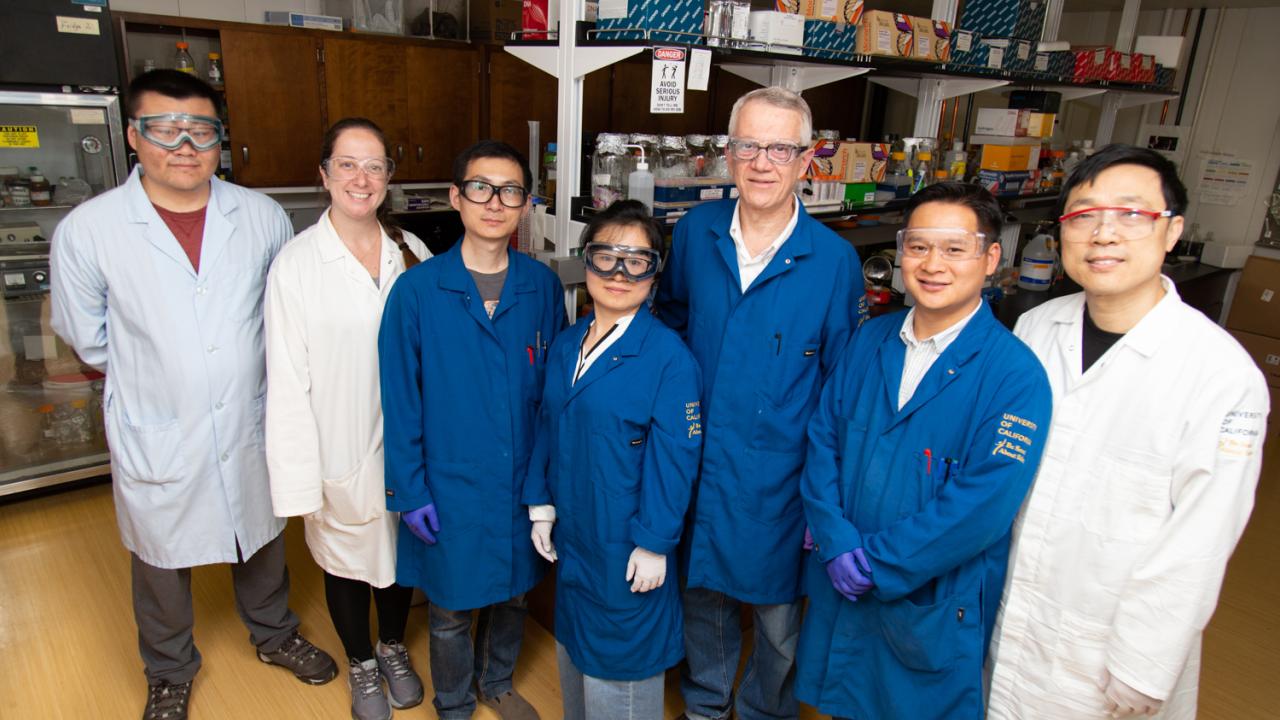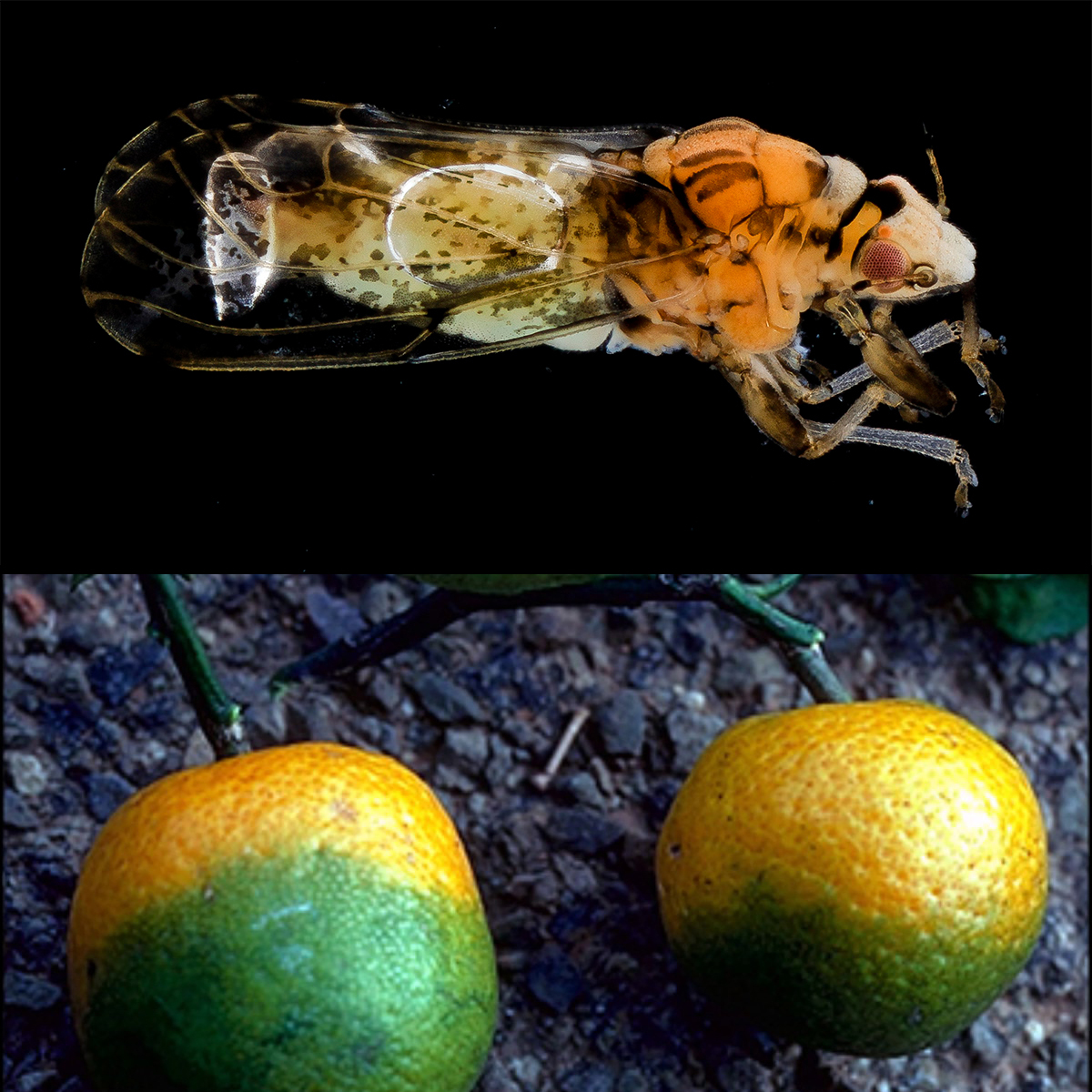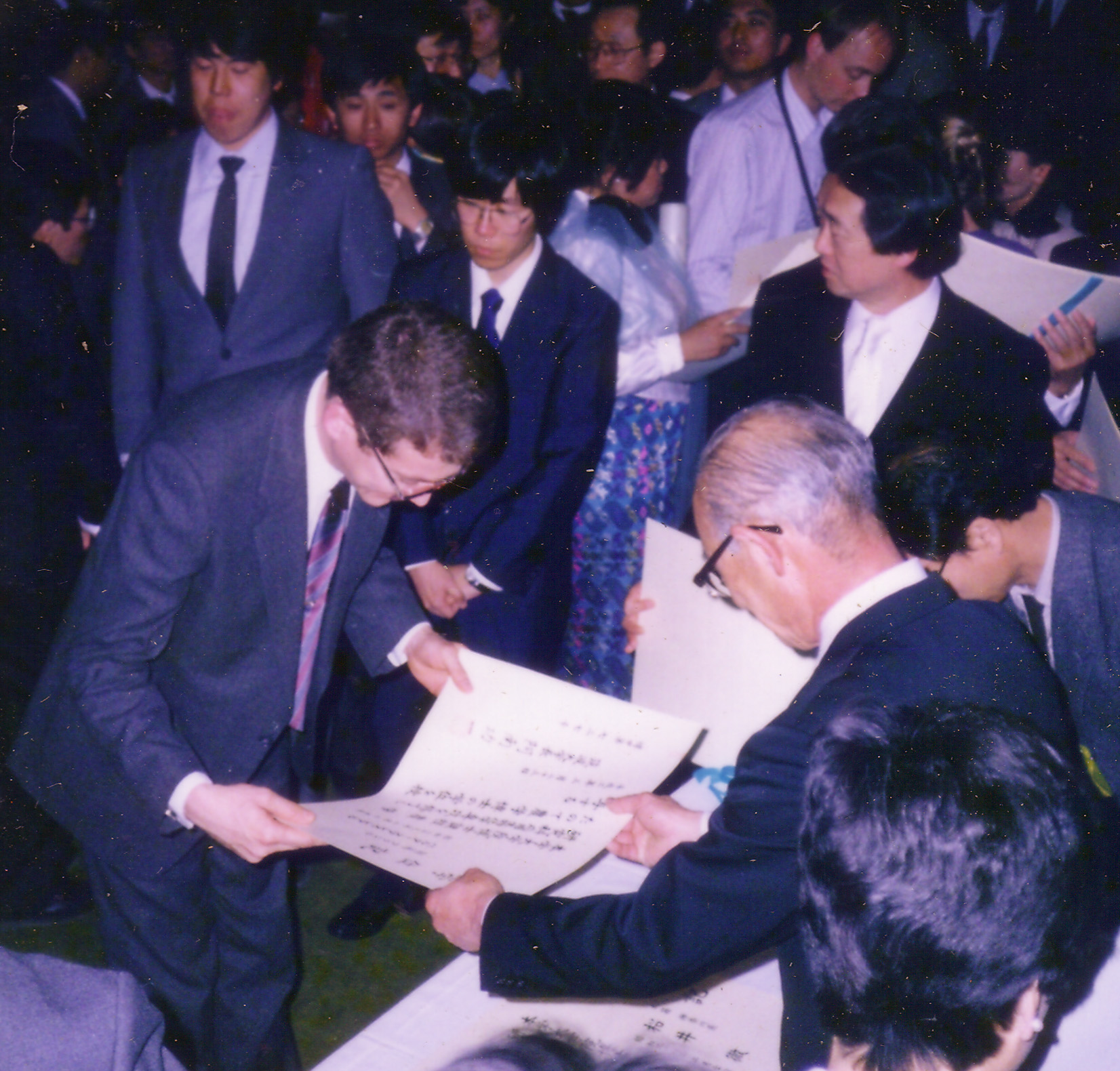
Discovering Curiosity: The Buggy Scent of Desire with Distinguished Professor Walter Leal
By Greg Watry, College of Biological Sciences
"When discussing his chemical ecology research, Distinguished Professor Walter Leal likes to turn to a fatal tale of biology.
It’s night in the eastern United States and under the cover of darkness, moths emerge to copulate. A male bristly cutworm (Lacinipolia reinigera) flitters about, its antennae flicking and tasting the air for a female’s pheromones. It picks up a signal—strong and clear, and banks for it. But instead of a female moth, a chemical mimic lurks in the darkness.
“Like everything else, when we generate a communication there is going to be spying on that communication,” said Leal. “If a female produces a pheromone that attracts a male, there might be a predatory species that eavesdrops on the female’s signal or preys upon the male responder by luring them to their death.”

Our doomed suitor heads for his prize, sticky droplets attached to a swinging silk thread, and is snared. No female moth lives here. Instead, an American bolas spider (Mastophora hutchinsoni) draws the struggling male up into its fangs.
“They come for mating and they end up dying,” said Leal of the nighttime enterprise.
The American bolas spider is no one-trick pony when it comes to its enticing chemical mimicry. As midnight approaches, bristly cutworms retreat and smoky tetanolita moths (Tetanolita mynesalis) appear, the two mothe species active during different times of the night. The American bolas spider can chemically compensate for the moths’ different schedules, shifting the makeup of its deadly bouquet to match the pheromones produced by a female smoky tetanolita.
Citrus greening disease (huánglóngbìng) carried by the Asian Citrus Psyllid (Diaphorina citri) is responsible for devastating crop losses in Florida and now poses a serious threat to California. USGS, USDA APHIS
“Basically, we are bolas spiders,” said Leal of himself and the colleagues in his lab at the Department of Molecular and Cellular Biology at UC Davis, where they identify the enticing scents insects can’t stay away from.
Leal studies the molecular basis of insect olfaction, unraveling how insects detect chemicals and using that knowledge to inform pest management techniques. Most recently, he and colleagues identified a sex pheromone of the Asian citrus psyllid (Diaphorina ciri), a worldwide threat to the citrus industry that made its way to California in 2008. Identifying the pheromone could help mitigate the agricultural devastation caused by the insects.
Over the years, Leal and his colleagues have identified sex pheromones in many bugs, including moths, beetles, cockroaches, mites and more in an effort to understand the scent-laden world of insects.
Sniffing out research interests
Leal’s interest in insect olfaction started with a general interest in chemistry. Raised in the coastal city of Recife, Brazil, he became entranced with the subject thanks to his high school chemistry teacher Aloisio Sotero, who later held various government appointments including Minister of Education. While studying chemical engineering at Federal University of Pernambuco, Leal taught Sotero’s classes when the latter was called away on government business.
“In those days, they had a lack of instructors available, so the government would allow people even without a degree to teach in high school because there were not enough teachers,” said Leal. “I ended up going (to school) a bit longer than usual because I had so much teaching commitments that I could not take my entire set of classes.”

After finishing his undergraduate degree, Leal moved to Japan for graduate studies, picking up the Japanese language during a six-month crash course following his arrival. He eventually earned an M.S. in Agricultural Chemistry at Mie University in Tsu, Japan and a Ph.D. in Applied Biochemistry at University of Tsukuba in Tsukuba, Japan. When he learned of the potential negative impacts of pesticides, Leal switched from studying pesticide chemistry to studying insect chemical communication and olfaction.
He continued research in a postdoc position at Japan’s National Institute of Sericultural and Entomological Science and was eventually elected Senior Research Scientist in Japan’s Ministry of Agriculture, becoming the first non-Japanese scientist to earn such a tenure position in the government.
In 1999, Leal attended an entomology conference in Las Vegas and heard about a job opening in the UC Davis Department of Entomology and Nematology. Leal previously applied to a mosquito biology position at UC Davis but didn't receive any nibbles on that application. He applied again and this time secured the position. He joined the UC Davis faculty in 2000. The transition was nearly seamless."
“I left Japan one day and I started here the same day because here, we are 16 hours behind,” said Leal. “I didn’t want a gap in my CV,” he joked.
Read the full story at the UC Davis College of Biological Sciences website.